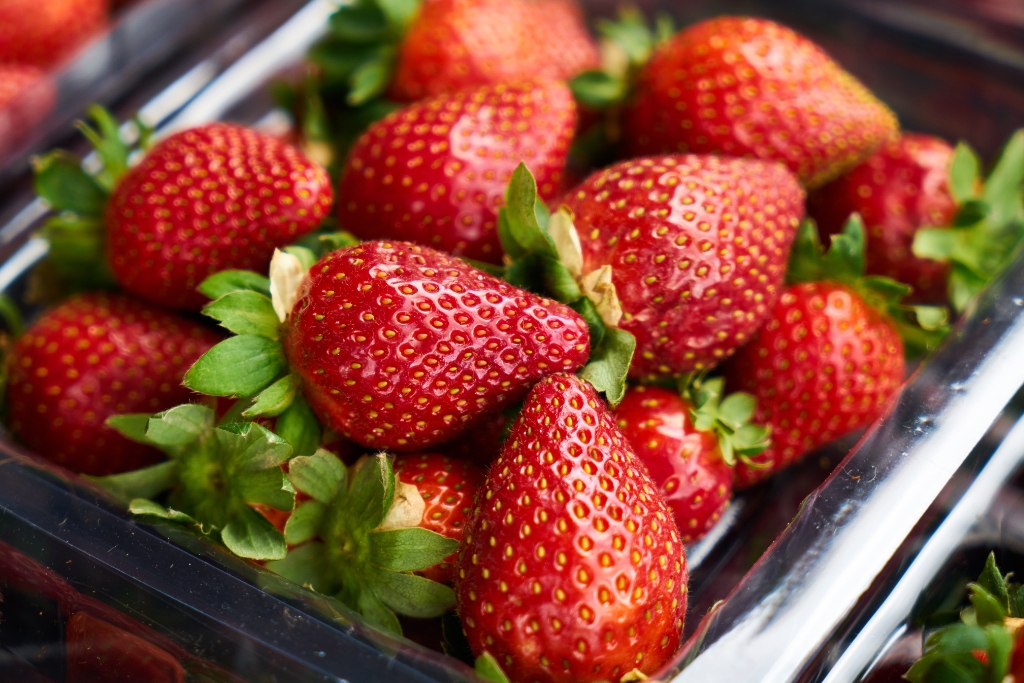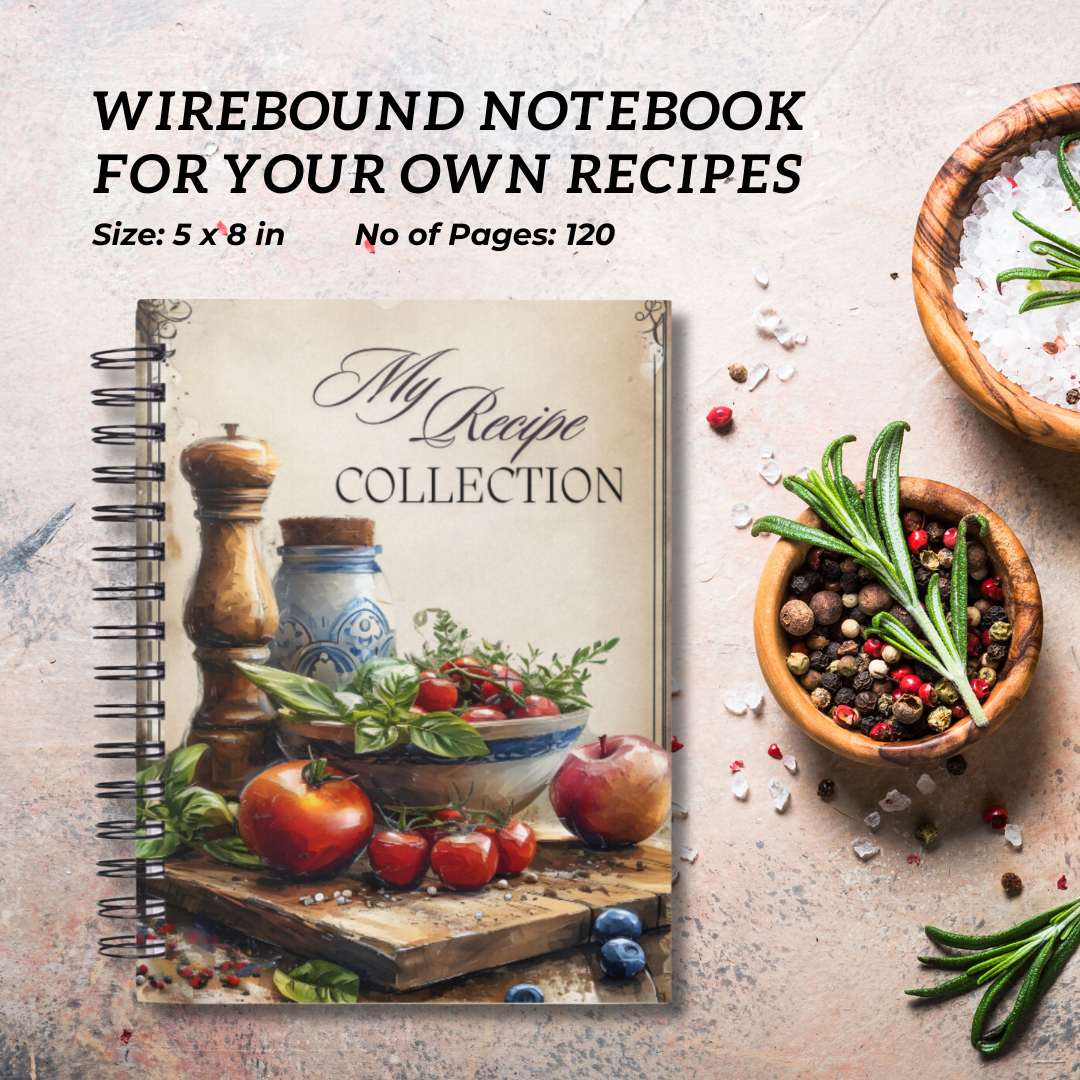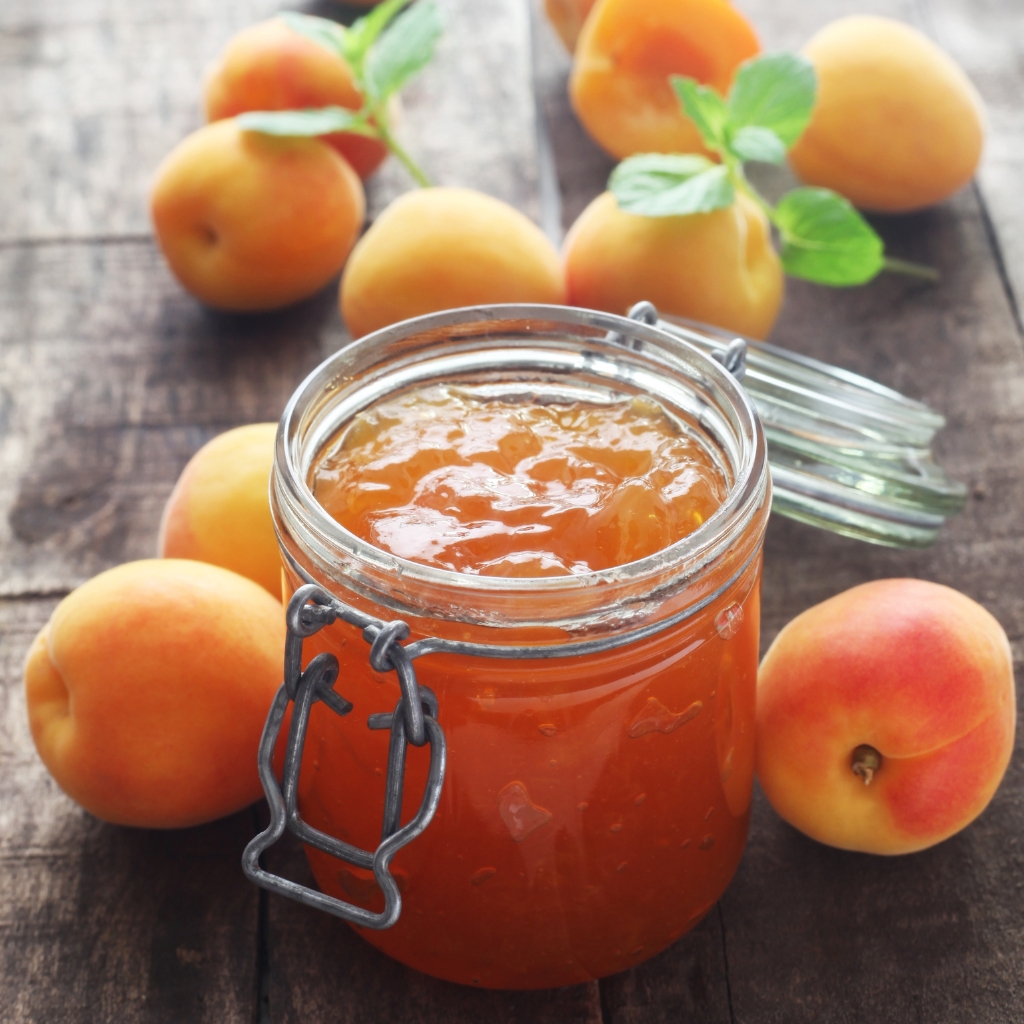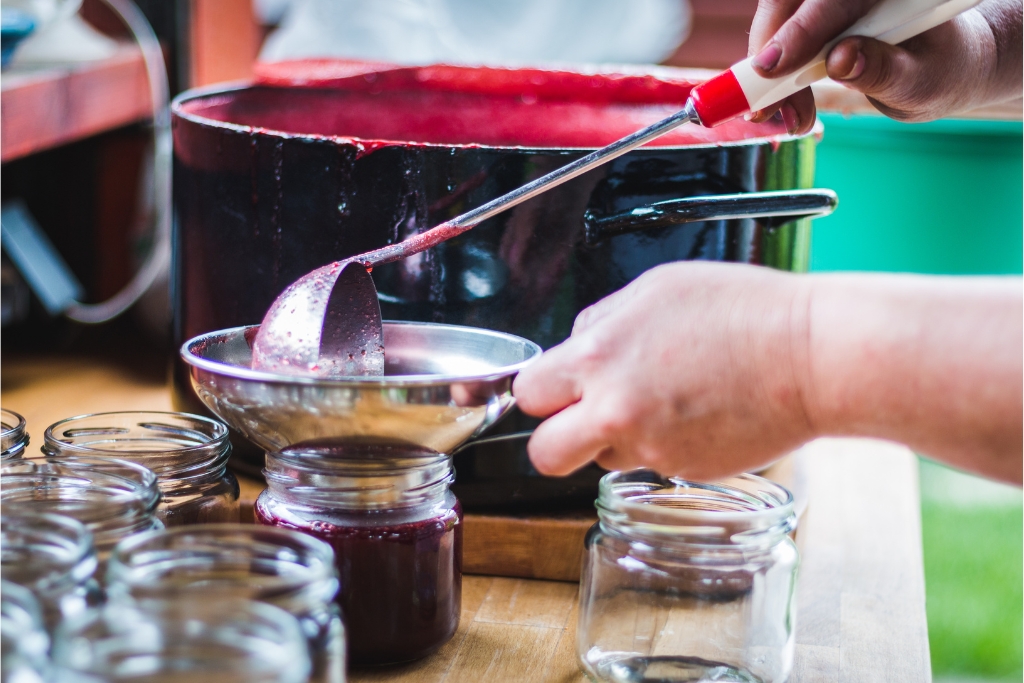Strawberry Jam
Strawberry jam is a truly English tradition. And it is just as easily found on the breakfast table as accompanying clotted cream and Devon Scones at a traditional afternoon tea.English strawberries come into season just as the Wimbledon tennis tournament is about to start and they usually last until the middle of July.
With pick-your-own farms all over the country, there is every opportunity to indulge and to lay in some stores for the rest of the year.
I love making my own jam and cannot remember when I last bought some in a shop. Home-made jam keeps very well without the addition of chemicals and preservatives ... and in our opinion it tastes better, too.
If you've never made jam before, you may think that there's a lot to it - but far from it. You need a pan, your chosen fruit, sugar, lemon juice, maybe an apple or some apple pectin, jam jars, covers and labels. Oh, and a big spoon of course.
How to Make Strawberry Jam
How much strawberry jam you can make in one session depends very much on the size of your pan and the quantity of fruit you have available.
I've bought a Maslin Jam Pan a few years or so ago and it's proven really useful. The flared shape means that even if the jam rises as it cooks it won't climb out of the pot, and I can make larger quantities, too. I tend to buy or pick 2-3kg of fruit at a time and turn them into 6-8 jars of jam.
There are any number of strawberry jam recipes, but for a softly set strawberry jam wash your strawberries well and remove the stalks. I tend to cut them into quarters, but if the fruit are small you could even leave them whole.
Weigh the fruit and place into your jam pan. Cover with an equal quantity of sugar and stir until well mixed. Leave the pan to stand for a while - half an hour to one hour should be enough - until the berries release their juice and the sugar begins to dissolve a little.
Now place the jam pan onto a low heat and warm slowly, allowing the sugar to dissolve. While this happens, find a small dessert plate and place it in the fridge. You'll use this later to test your strawberry jam.
Wash and sterilise your jam jars ready for filling. You can do this
by washing them in soapy water and then placing them in a very low oven to
dry. Or you can wash them as above and then rinse them with boiling
water (watch your hands!) before leaving them to drain. A hot program in the dishwasher will also make sure your jam jars are ready.
Keep an eye on your jam pot and stir every now and then, stopping the sugar from catching on the bottom of the pan. When all the sugar has dissolved - lick the spoon to check, there should be no sugar crystals left on it! - turn the heat up and bring the jam to the boil.
When it starts to bubble add the juice of one lemon and stir well in. The hot jam will surge up - that's why you'll need a large pan - and you won't be able to stir it down.
Boil your jam for 5 minutes before checking for set. (Remove the jam from the heat while you do this). Take your plate from the fridge and spoon a small quantity of jam onto the plate. As it cools the jam should wrinkle when pushed with a finger. (If that's too unscientific to you, you can of course use a jam thermometer!)
If your strawberry jam is setting, fine. If not, boil for another 5 minutes and try again.
Then leave the jam to cool for half an hour before filling your jars. If you fill the jars while the jam is too hot, all the fruit will float to the top. Cover the top of the jars with grease-proof papers and seal well. I tend to stand the jars on their lids until cool. (No idea why, but my grandma always did this and it seems to work!)
Then label and store somewhere cool and dark until wanted.
 Strawberries © Engin Akyurt | Pexels canva.com
Strawberries © Engin Akyurt | Pexels canva.comTips
You can use ordinary caster sugar for making jam, but preserving sugar or jam sugar often give better results. Jam sugar has pectin added and will help your jam to set. This is particularly useful when making jam from berry fruit, which have little pectin. Preserving sugar has very large crystals that dissolve slowly. This gives a very beautiful clear jam.
If your jam fails to set properly even after repeated boiling, don't despair. You can either add a finely grated apple to the mix or use apple pectin, which is available as a liquid from most supermarkets. When I have very ripe berries, I often add 250 ml / 8 fl oz of apple juice to the fruit and sugar.
How do you keep your recipes?
Are you a passionate cook or baker with a treasure trove of old, beloved recipes scattered around your kitchen? Let me help you organise and preserve your culinary heritage in style.
These elegantly designed blank recipe notebooks don't take up much room, but with their user-friendly layout and durable design, they offer plenty of space for your recipe collection. This recipe keeper notebook is your perfect kitchen companion. And filled with their favourite recipes it makes a great gift for children heading to college - or even as a wedding gift.
For more ideas on jams and preserves return from Strawberry Jam to the recipes page.







